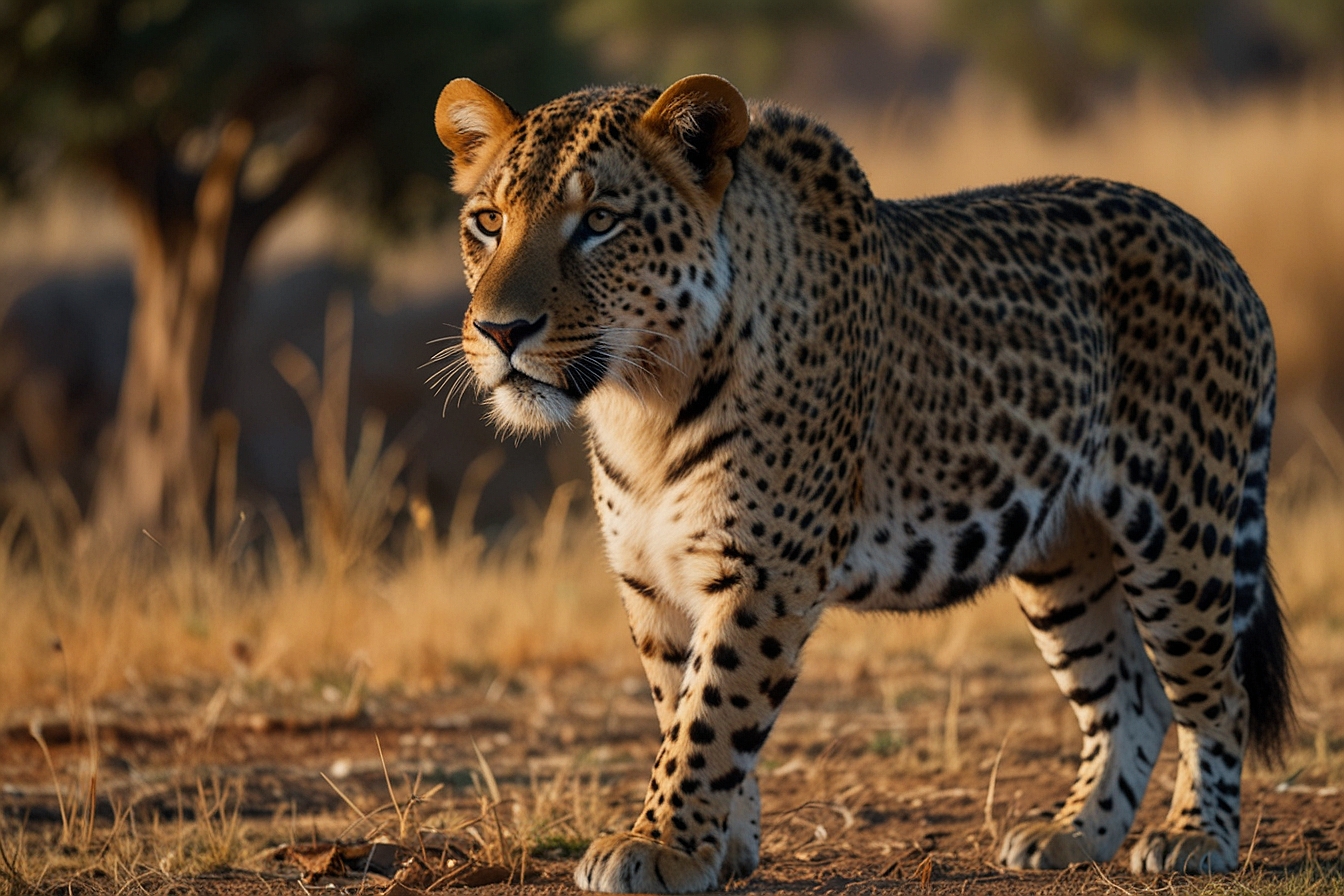For nature lovers and adventure seekers, few experiences rival the thrill of a safari or a visit to a wildlife sanctuary. These journeys offer an unparalleled chance to observe animals in their natural habitats, marvel at untouched landscapes, and connect with the wild in profound ways. Whether you’re a seasoned wildlife enthusiast or a curious traveler, this guide highlights some of the world’s best safaris and wildlife sanctuaries to inspire your next adventure.
1. Masai Mara National Reserve, Kenya
Why Visit:
The Masai Mara is a quintessential safari destination known for its dramatic landscapes, abundant wildlife, and the awe-inspiring Great Migration. This annual event sees millions of wildebeest, zebras, and gazelles cross the Mara River in search of greener pastures, often pursued by predators.
Wildlife Highlights:
- Lions, cheetahs, and leopards dominate the savannah.
- The Mara River is home to hippos and crocodiles.
- The reserve boasts over 450 bird species.
Best Time to Visit:
July to October for the Great Migration.
2. Kruger National Park, South Africa
Why Visit:
Kruger National Park is one of Africa’s largest game reserves, offering a diverse range of ecosystems and an excellent chance to spot the “Big Five” (lion, leopard, elephant, rhino, and buffalo). It’s also a haven for self-drive safaris, making it ideal for independent travelers.
Wildlife Highlights:
- Black and white rhinos are frequently spotted here.
- The park is home to over 500 bird species, including vultures and eagles.
- Nile crocodiles and hippos inhabit the rivers.
Best Time to Visit:
May to September for cooler weather and better wildlife viewing.
3. Yellowstone National Park, USA
Why Visit:
Yellowstone, the first national park in the world, is a paradise for wildlife watchers in North America. Its geothermal wonders, like geysers and hot springs, add a unique dimension to the safari experience.
Wildlife Highlights:
- Bison roam freely across the park.
- Grizzly bears, wolves, and elk thrive in this protected ecosystem.
- The Lamar Valley is known as “America’s Serengeti” for its dense wildlife population.
Best Time to Visit:
April to June for baby animals or September to October for fewer crowds.
4. Ranthambore National Park, India
Why Visit:
Ranthambore is one of the best places in the world to spot the elusive Bengal tiger. Nestled in Rajasthan, this park combines wildlife spotting with historic ruins, including a 10th-century fort.
Wildlife Highlights:
- Tigers are the star attraction.
- Other residents include leopards, sloth bears, and striped hyenas.
- Marsh crocodiles can be seen basking in the park’s lakes.
Best Time to Visit:
October to April for pleasant weather and better chances of tiger sightings.
5. Galápagos Islands, Ecuador
Why Visit:
The Galápagos Islands offer a unique opportunity to observe wildlife found nowhere else on Earth. Its isolated ecosystems inspired Charles Darwin’s theory of evolution, making it a bucket-list destination for nature lovers.
Wildlife Highlights:
- Giant tortoises, blue-footed boobies, and marine iguanas are iconic residents.
- Snorkel or dive with sea lions, hammerhead sharks, and penguins.
- Birds like the Galápagos hawk and waved albatross are a birder’s delight.
Best Time to Visit:
June to December for cooler weather and marine life or January to May for warmer seas and clearer skies.
6. Serengeti National Park, Tanzania
Why Visit:
Neighboring Kenya’s Masai Mara, the Serengeti is equally renowned for the Great Migration and its vast, unspoiled landscapes. This UNESCO World Heritage site offers a classic African safari experience.
Wildlife Highlights:
- The endless plains are home to large herds of wildebeest and zebras.
- Predators like lions, hyenas, and cheetahs thrive here.
- The Grumeti River is a hotspot for crocodile sightings.
Best Time to Visit:
June to October for the migration or January to February for calving season.
7. Chobe National Park, Botswana
Why Visit:
Chobe is famous for its massive elephant population and its picturesque riverfront setting. A boat safari on the Chobe River is an unforgettable experience.
Wildlife Highlights:
- Large herds of elephants and buffalo gather at the riverbanks.
- Lions, leopards, and wild dogs roam the park.
- Hippos and crocodiles are abundant in the waterways.
Best Time to Visit:
May to October for dry season wildlife concentrations.
8. Borneo’s Rainforests, Malaysia and Indonesia
Why Visit:
The rainforests of Borneo are a biodiversity hotspot, offering a chance to see endangered orangutans in the wild. The lush greenery and unique flora and fauna make it an unparalleled destination for eco-tourism.
Wildlife Highlights:
- Orangutans are the primary draw.
- Pygmy elephants, clouded leopards, and proboscis monkeys also call the forests home.
- The Kinabatangan River is excellent for wildlife cruises.
Best Time to Visit:
March to October for drier weather.
Tips for a Memorable Safari Adventure
- Pack Wisely: Bring lightweight, neutral-colored clothing, binoculars, and a good camera.
- Respect Wildlife: Maintain a safe distance and avoid disturbing the animals.
- Choose the Right Guide: A knowledgeable guide can make a huge difference in spotting wildlife and understanding their behaviors.
- Be Patient: Wild animals don’t operate on a schedule, so take your time and enjoy the surroundings.
Conclusion
From the sweeping savannahs of Africa to the dense rainforests of Borneo, the world’s safaris and wildlife sanctuaries offer endless opportunities to connect with nature. Each destination promises unique encounters and lasting memories. Whether you’re tracking the Big Five or marveling at exotic birds, these wild adventures remind us of the beauty and fragility of our planet. So pack your bags, grab your binoculars, and get ready for an unforgettable journey into the heart of the wild!





